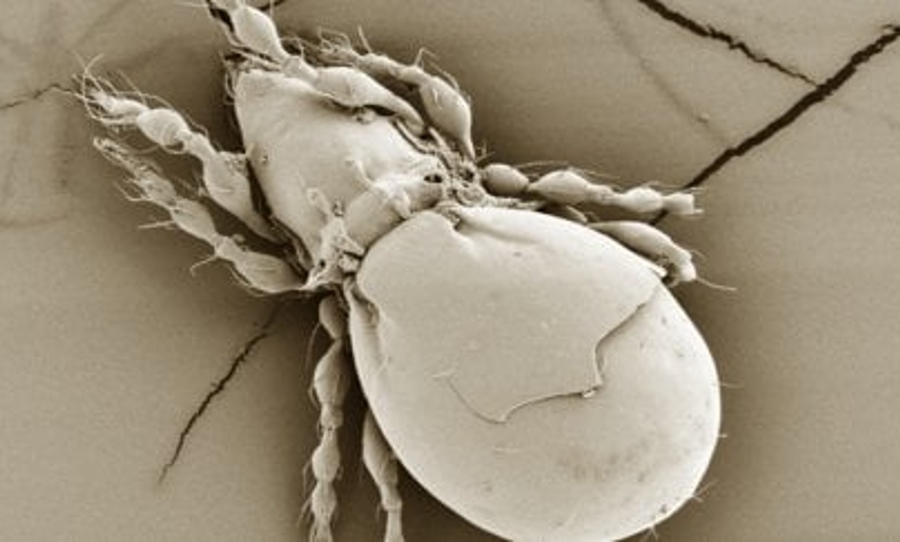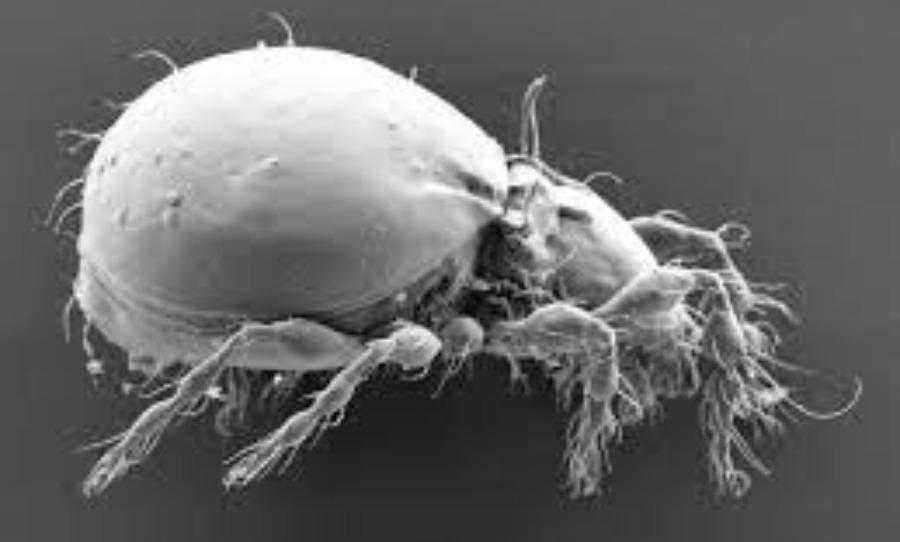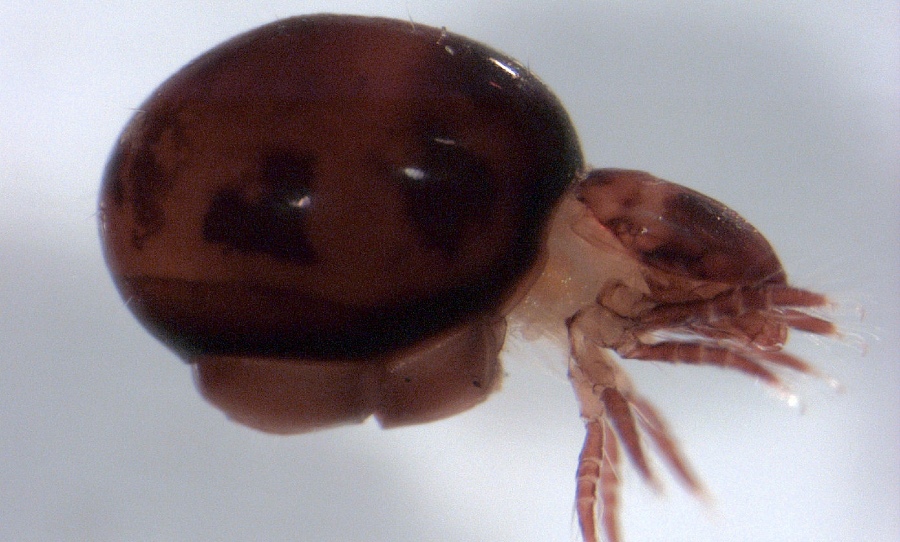Scientists have finally figured out how the all-female Oppiella nova beetle mite has survived without having sex.
Nobody can deny that humans aren’t aware of everything that goes on in nature, but scientists have just cracked one of the sexiest mysteries of all: is long-term asexual reproduction possible?
Zoologists and biologists from the University of Cologne (along with “experts from the University of Göttingen, France’s University of Montpellier and Switzerland’s University of Lausanne”), tackled the aforementioned question by studying the Oppiella nova beetle mite.

Scientists have known about the existence of the “female ‘ancient asexual’” beetle mite for years, but none have done an in-depth look into how the creature has been able to survive.
According to their research, it has to do with the Meselson effect – “a characteristic trace in the genome of an organism that suggests purely asexual reproduction”.
The Oppiella nova beetle; asexual icon
“This animal has survived for centuries without having sex” https://t.co/bc3Lhlmdge— naomi, unwanted. (@H0NEYRIVER) September 24, 2021
In simpler terms, Oppiella nova beetle mites are capable of creating “genetically varied versions of itself”.
This does away with the hypothesis that the Oppiella nova beetle mite occasionally produces a “reproductive male”.
The University of Cologne said the following in their press release:
“[I]t is also possible for asexually reproducing species, which produce genetic clones of themselves, to introduce genetic variance into their genomes and thus adapt to their environment during evolution.”
“But (contrasting sexual species) the lack of sexual reproduction and thus ‘mixing’ in asexual species causes the two genome copies to independently accumulate mutations, or changes in genetic information, and become increasingly different within one individual: the two copies evolve independently of one another.”

They were able to discover this by gathering “different populations” of the beetle mites, and of another organism known as Oppiella subpectinata. The latter of these is closely related to the former but is sexually active.
“A Sisyphean task,” said Dr Jens Bast from the Institute of Zoology at the University of Cologne.
“These mites are only on-fifth of a millimetre in size and difficult to identify.”
The Oppiella nova beetle mite is the definition of “strong, independent woman who don’t need no man”. https://t.co/yv8AcgVDE2
— Pandy Yato (@PandyYato) September 25, 2021
The researchers analysed each organism’s genetic makeup to make their discovery.
Now that scientists have cracked the mystery of these beetles’ survival, their next step is “to find out what makes these beetle mites so special”.



